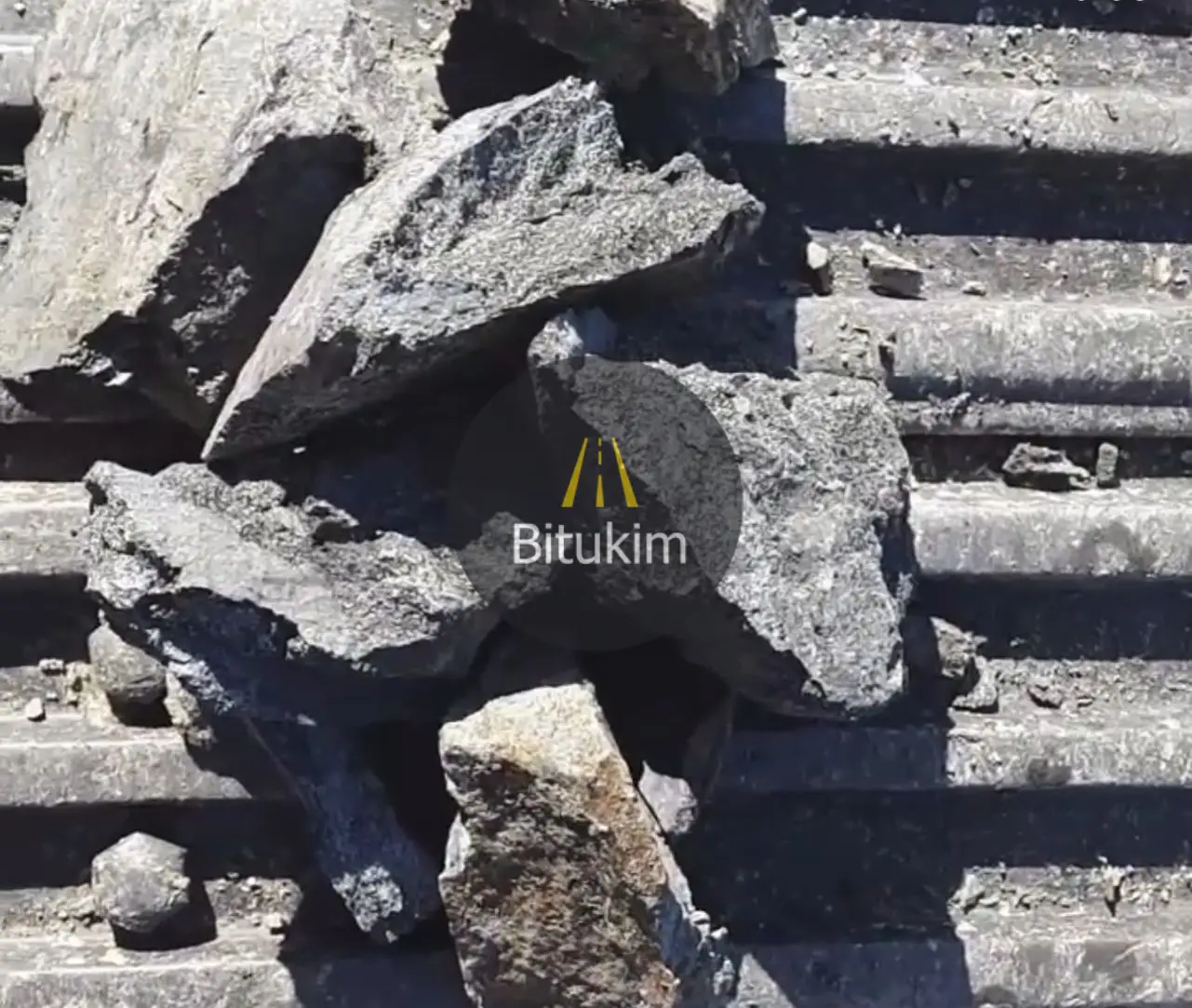What is chrome used for :
Chrome, or chromium, is a chemical element with the symbol Cr and atomic number 24. It is a shiny, silver-gray metal known for its high corrosion resistance and hardness. Here are some key points about chrome:

Specification of Chrome Ore
| Cr2O3 42% basis , Rej below 39 Cr/Fe 2.8 min. MgO 22% max Al2O3 11% max S 0.05% max P 0.05% maxSize lumps 0-300 mm ( 10 – 300 mm 80% min) |
Cr 63-65% Si 1.5% max C 8.5% max S 0.05% max P 0.03% maxSize 10-60 mm (90% min) |
Cu 15% min Au 4-6 ppm Ag 300-400 ppmPacking : big bags |
Properties OF Chrome
- Appearance: Chrome has a bright, metallic luster and is highly reflective.
- Physical Properties:
- Melting Point: Approximately 1,907°C (3,465°F).
- Density: Dense and strong, enhancing its durability.
- Corrosion Resistance: Highly resistant to oxidation and corrosion.
What is chrome used for?
- Stainless Steel Production: Chrome is a critical alloying element in stainless steel, enhancing its corrosion resistance and strength.
- Coatings: Used in chrome plating to provide a decorative, protective finish on various metal surfaces, such as automotive parts and household fixtures.
- Alloys: Chrome is used to produce various alloys for improved hardness and heat resistance.
- Chemical Industry: It serves as a catalyst in chemical processes and is used in pigments for dyes and paints.
Sources
- Mining: Chrome is primarily obtained from chromite ore, which is mined in various countries, including South Africa, Kazakhstan, Iran and Turkey.
Environmental Impact of Chrome Production
- Sustainability Issues:
- Discussion on the environmental consequences of chrome mining and processing.
- Efforts for Sustainable Practices:
- Innovations and technologies aimed at reducing the environmental footprint of chrome extraction.
Health and Safety Concerns
- Toxicity of Chromium Compounds:
- Explanation of the health risks associated with hexavalent chromium and safety measures in handling chrome materials.
Chrome Ore Applications
1. Stainless Steel Production
Chrome is a critical alloying element in stainless steel, providing:
- Corrosion Resistance: Protects against oxidation and rust.
- Strength and Durability: Enhances the structural integrity of steel products.
2. Chrome Plating
Used extensively in various industries for:
- Decorative Finishes: Provides a shiny, attractive appearance to automotive parts, fixtures, and hardware.
- Protective Coatings: Increases resistance to wear, corrosion, and tarnishing.
3. Alloy Manufacturing
Chrome is utilized in creating high-performance alloys that are:
- Heat Resistant: Ideal for aerospace and automotive applications.
- Wear Resistant: Essential for machinery and tools that endure harsh conditions.
4. Chemical Industry
In the chemical sector, chrome serves as:
- Catalysts: Facilitates various chemical reactions in industrial processes.
- Pigments: Used in dyes and paints to produce vibrant colors.
5. Electronics
Chrome is involved in the production of:
- Electrical Contacts: Enhances conductivity and durability in electronic components.
6. Construction and Architecture
Applications in construction include:
- Finishes: Used in architectural coatings for aesthetic appeal and protection.
- Reinforcement: Adds strength to construction materials.
7. Automotive Industry
In the automotive sector, chrome is found in:
- Trim and Bumpers: Provides a polished, attractive look.
- Engine Components: Increases the longevity and performance of parts.
8. Medical Equipment
Chrome is used in:
- Surgical Instruments: Offers durability and resistance to corrosion, ensuring hygiene and safety.
9. Aerospace
In aerospace applications, chrome is valued for:
- Lightweight Alloys: Used to create strong, lightweight materials that enhance fuel efficiency.
10. Defense and Military
Chrome is employed in:
- Protective Gear: Enhances durability and resistance to environmental factors.
chrome ore packing for transport or sale
1. Crushing and Screening
- Crush the Ore: Initially, the chrome ore is crushed into smaller pieces to facilitate handling and processing.
- Screening: This process separates the crushed ore by size to ensure uniformity.
2. Concentration
- Gravity Separation: Use techniques like shaking tables or jigs to concentrate the chrome ore, separating it from impurities.
- Magnetic Separation: This method can also be employed if the ore contains magnetic minerals.
3. Drying
- Dry the Ore: The concentrated chrome ore should be dried to remove moisture, which helps prevent issues during transport.
4. Packing
- Packaging Material: Use durable bags (often polypropylene) or containers designed for heavy minerals.
- Weight Limits: Ensure that the packaging meets transport weight regulations.
- Labeling: Clearly label each package with necessary details such as product type, weight, and handling instructions.
5. Transport
- Choose Transport Method: Decide whether to transport by truck, rail, or ship based on distance and destination.
- Storage and Handling: Follow proper protocols during loading and unloading to avoid spillage or damage.
6. Documentation
- Ensure all necessary shipping documents are prepared, including invoices, packing lists, and certificates of analysis if required.

